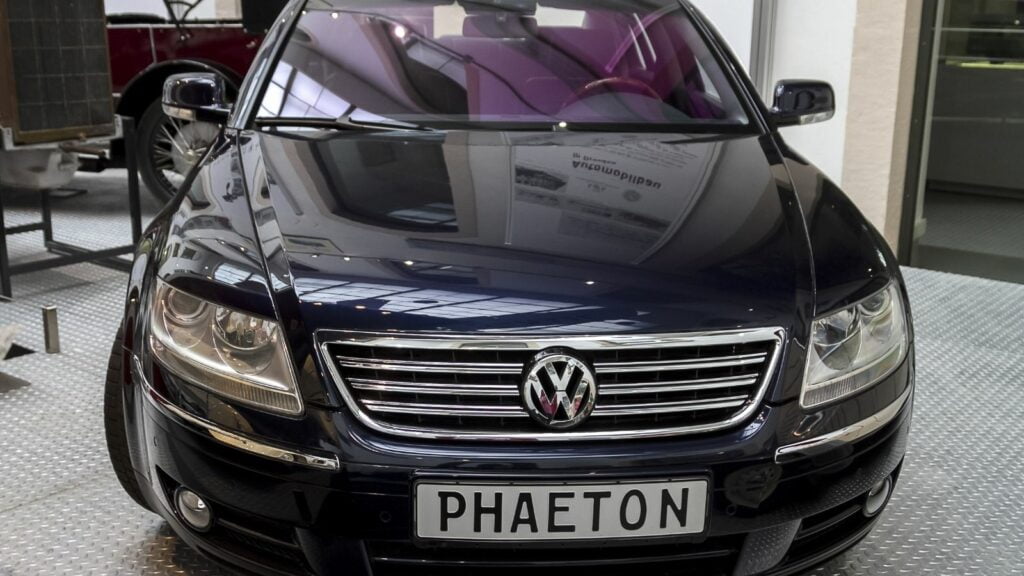For every Mustang, Corvette, or 911 that becomes a legend, there are cars that crash and burn in spectacular fashion. Some were too strange, others too poorly built, and a few were simply marketed so badly that they never had a chance. These failures cost companies billions, damaged reputations, and left lasting cautionary tales in the industry. Here are 15 of the biggest flops in automotive history, expanded with more detail on the sales numbers, financial losses, and how the market reacted at the time.
Ford Edsel

Launched in 1957 after a massive marketing campaign, the Edsel was supposed to be Ford’s big new division. Instead, its styling was mocked, its name confused buyers, and its price was higher than expected. Ford invested over 400 million dollars (equal to nearly 4 billion today), only to sell fewer than 120,000 cars in three years. The Edsel became so notorious that its name is now shorthand for failure.
DeLorean DMC-12
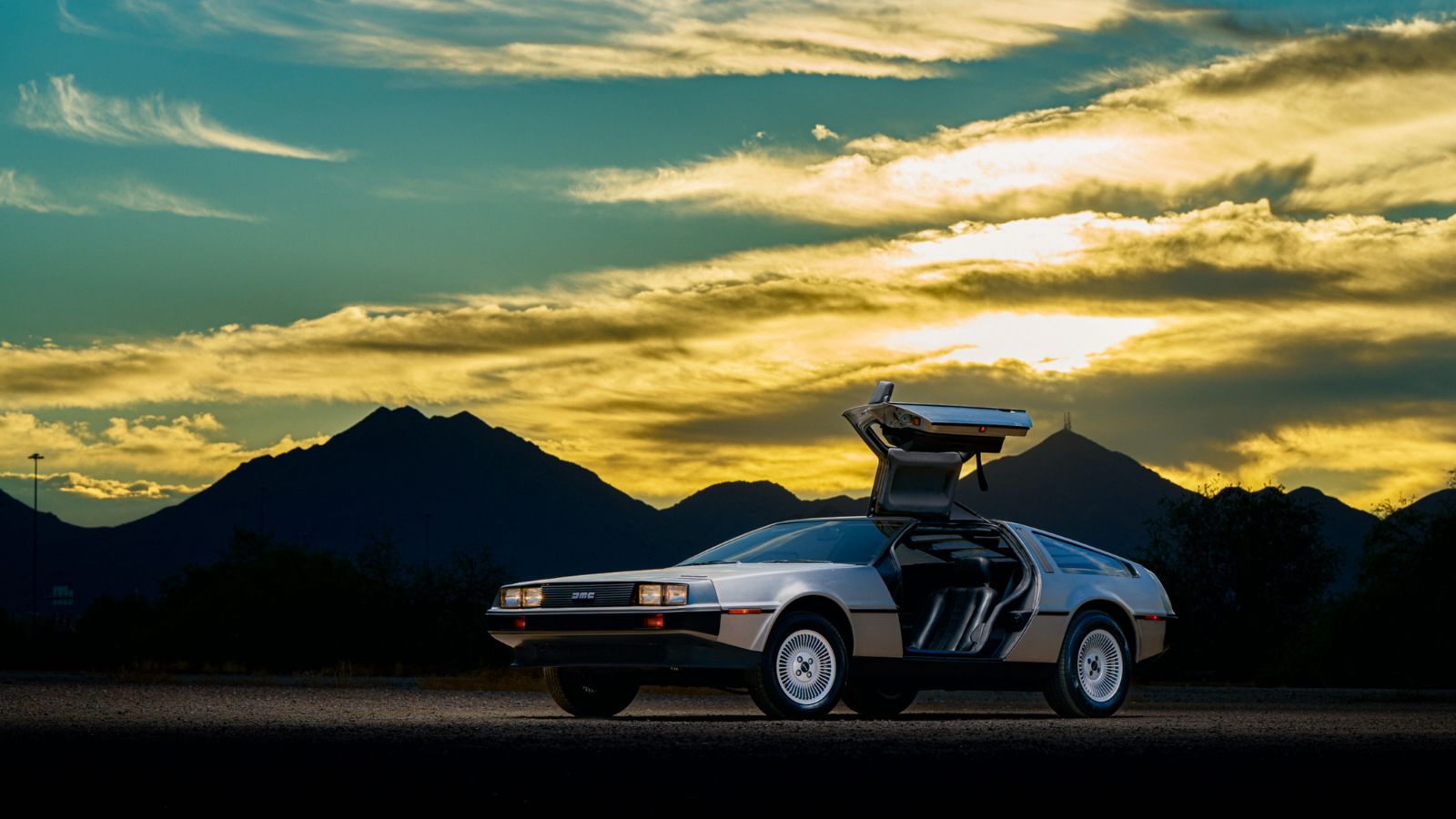
The DeLorean, with its gullwing doors and stainless steel body, looked like the future but drove like the past. Powered by a weak 130 horsepower V6 and carrying a high sticker price, it never lived up to the hype. Fewer than 9,000 were built before the company collapsed in 1982. Despite its later fame in Back to the Future, at the time it was a commercial disaster that bankrupted John DeLorean’s dream.
Pontiac Aztek
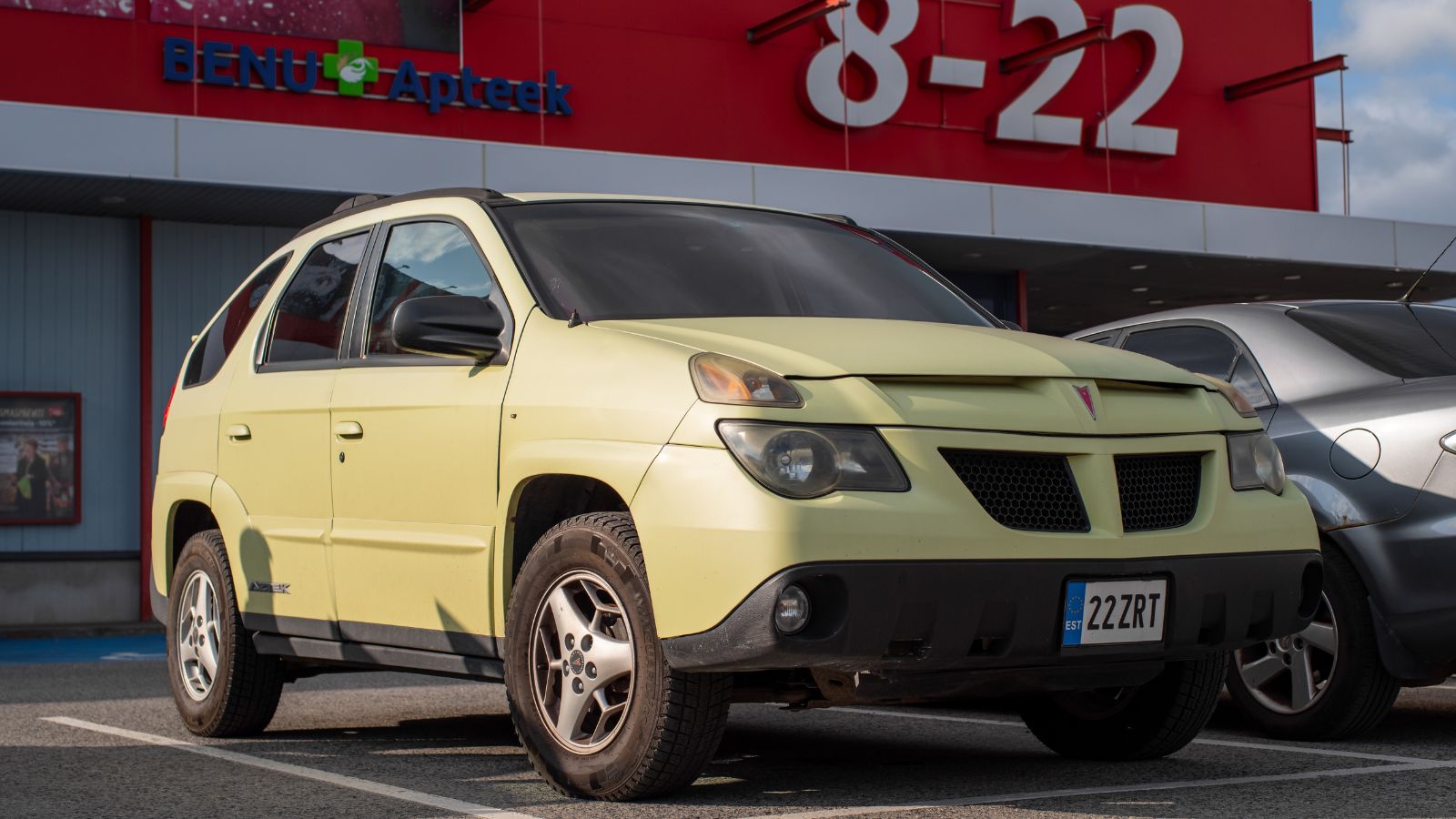
Built from 2001 to 2005, the Aztek tried to invent the crossover before anyone knew they wanted one. Unfortunately, its awkward styling became a global punchline. GM expected 75,000 sales a year but managed barely 30,000 at its peak. It eventually sold fewer than 120,000 total units. Financial losses were huge, but years later it became a cult favorite thanks to Breaking Bad and its quirky practicality.
Yugo GV
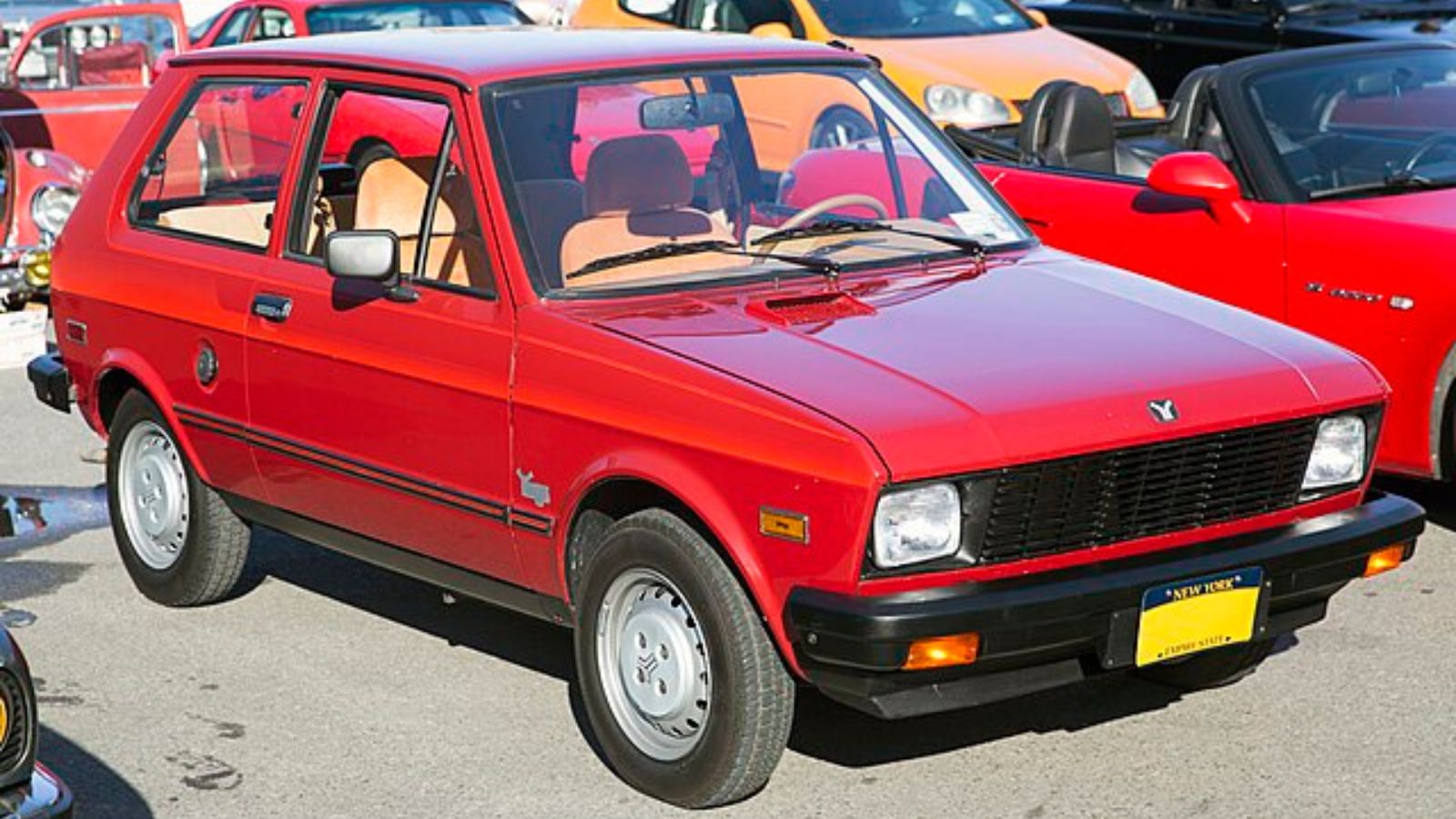
Imported to the US in 1985 as the cheapest new car on the market, the Yugo sold for under 4,000 dollars. Americans quickly learned why. Build quality was terrible, reliability was non-existent, and safety was a disaster. In the late 1980s, sales briefly hit 50,000 units annually, but by the early 1990s the brand collapsed. The Yugo remains one of the most ridiculed cars to ever reach US shores.
Cadillac Cimarron
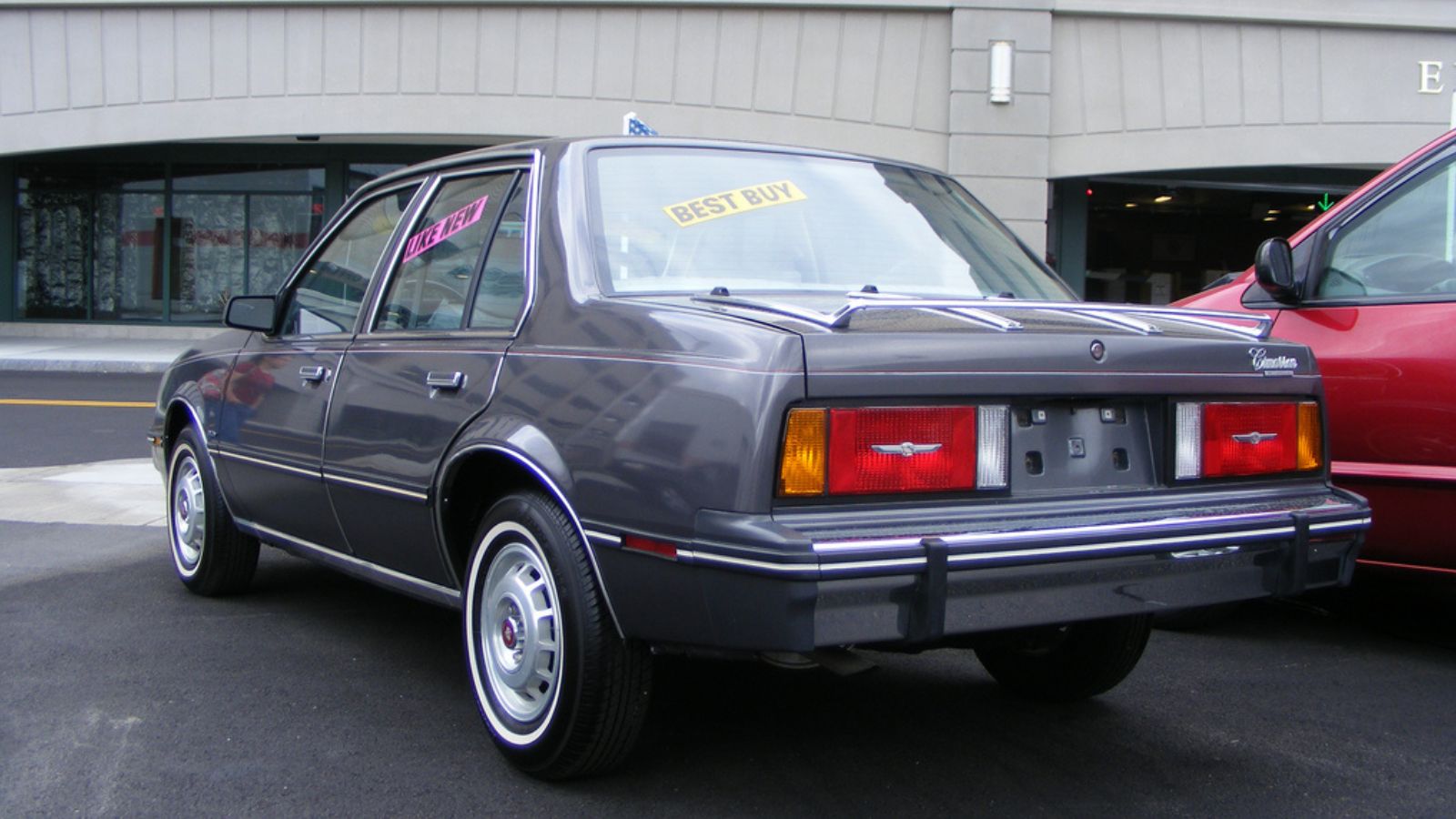
In 1982, Cadillac tried to downsize for the fuel crisis by rebadging the Chevrolet Cavalier as a luxury compact. The Cimarron was overpriced, underpowered, and failed to deliver Cadillac prestige. It sold fewer than 132,000 units over six years and damaged Cadillac’s reputation as a luxury leader. GM’s own executives later admitted it was a mistake to rush it into production.
Renault Alliance
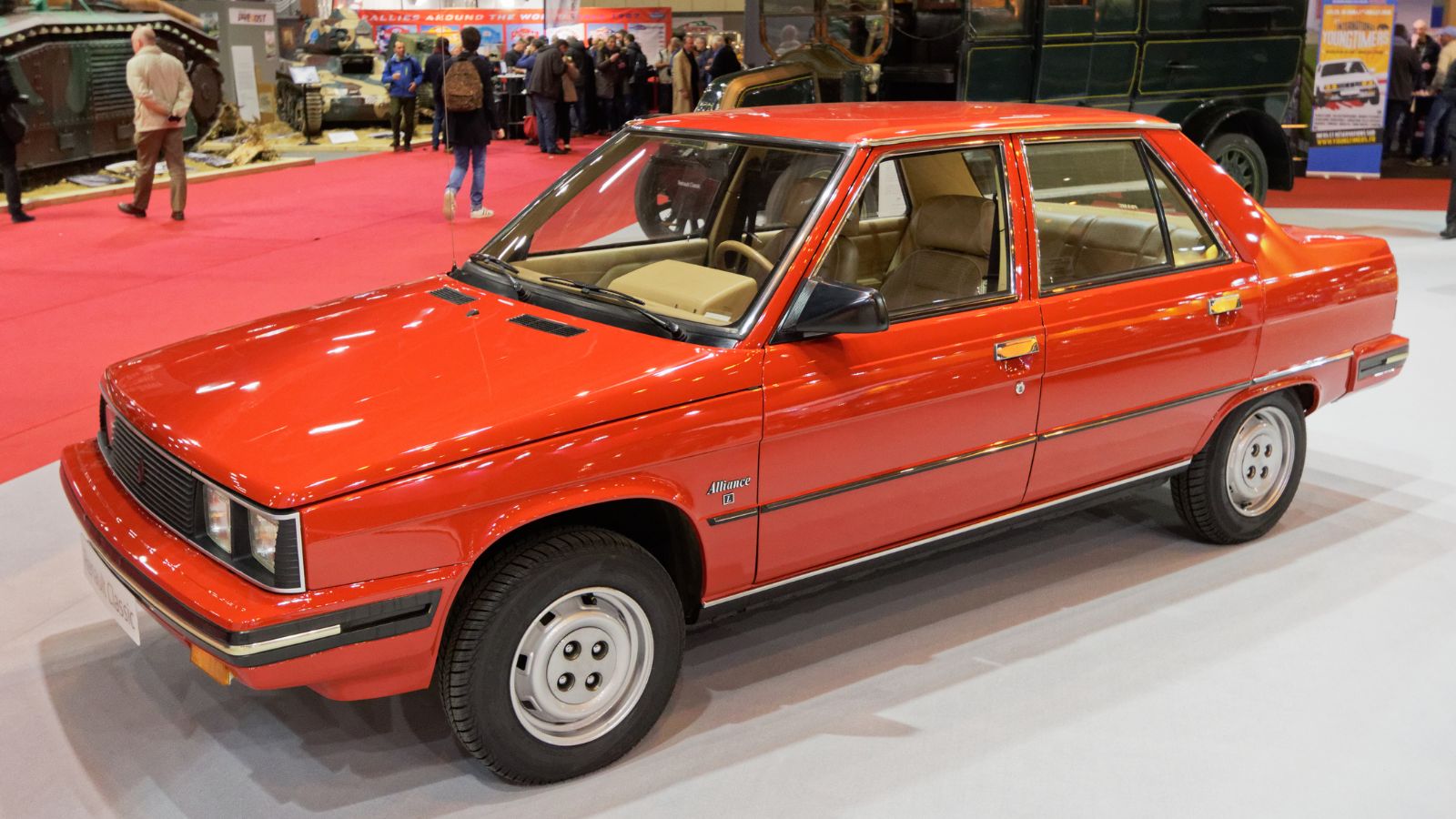
The Renault Alliance was launched in 1983 through a partnership with AMC, and initially it won awards including Motor Trend’s Car of the Year. But the honeymoon was short. Poor build quality, rust issues, and lack of dealer support sank its credibility. Renault sold around 600,000 units in North America before abandoning the market in the late 1980s, leaving AMC stuck with the fallout.
Lincoln Blackwood
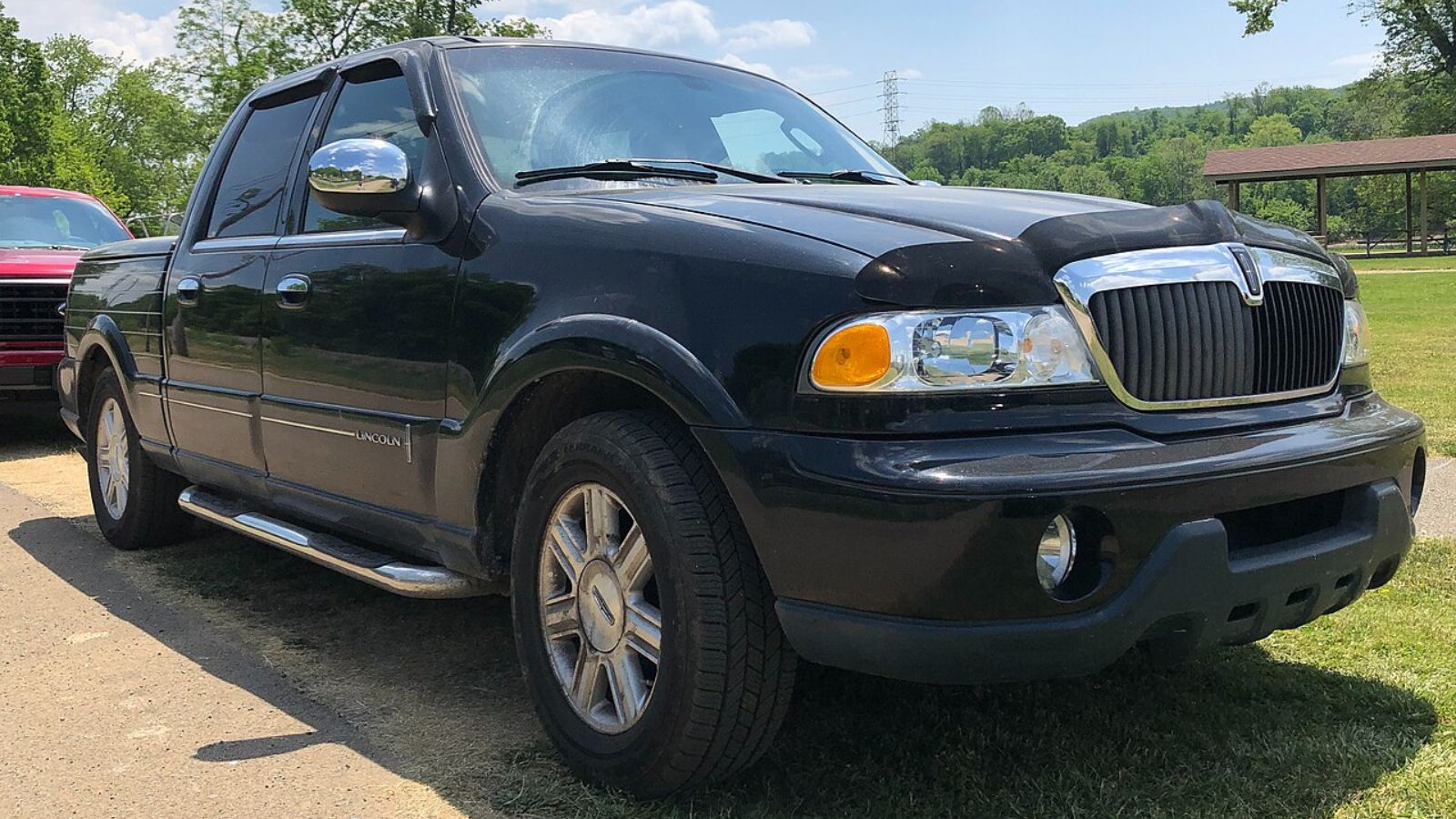
In 2002, Lincoln entered the luxury pickup segment with the Blackwood. With a carpeted bed that couldn’t handle work, rear wheel drive only, and a price tag of over 50,000 dollars, it failed to connect with truck buyers. Fewer than 3,300 units were sold in its single model year, making it one of Ford’s shortest lived vehicles.
Chrysler TC by Maserati
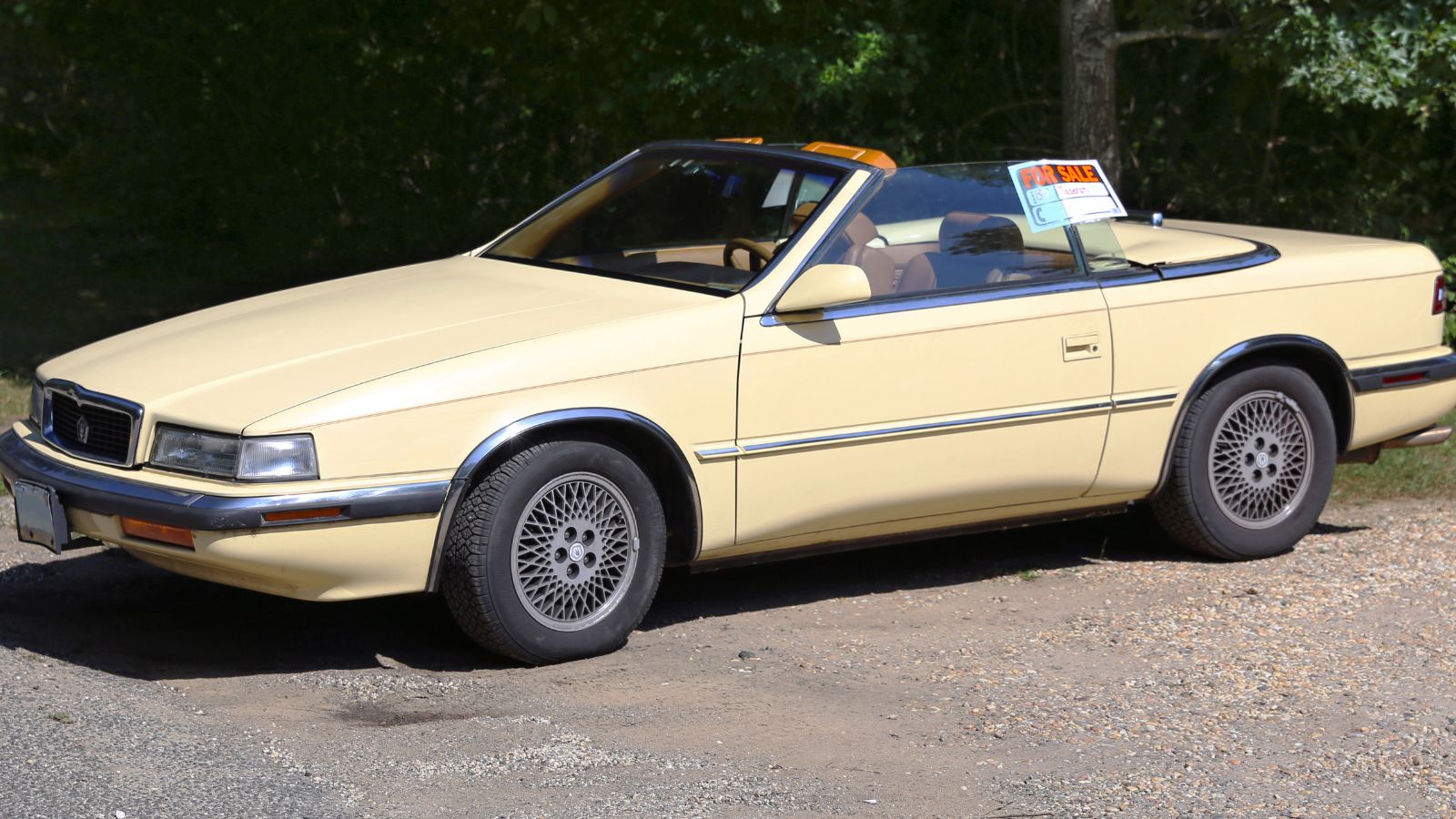
When Chrysler partnered with Maserati to build a luxury roadster in 1989, expectations were high. The result looked too much like a Chrysler LeBaron, yet cost nearly double. Sales peaked at just 7,300 units in three years. Buyers felt cheated, and the car quickly became an embarrassment for both brands.
Saturn
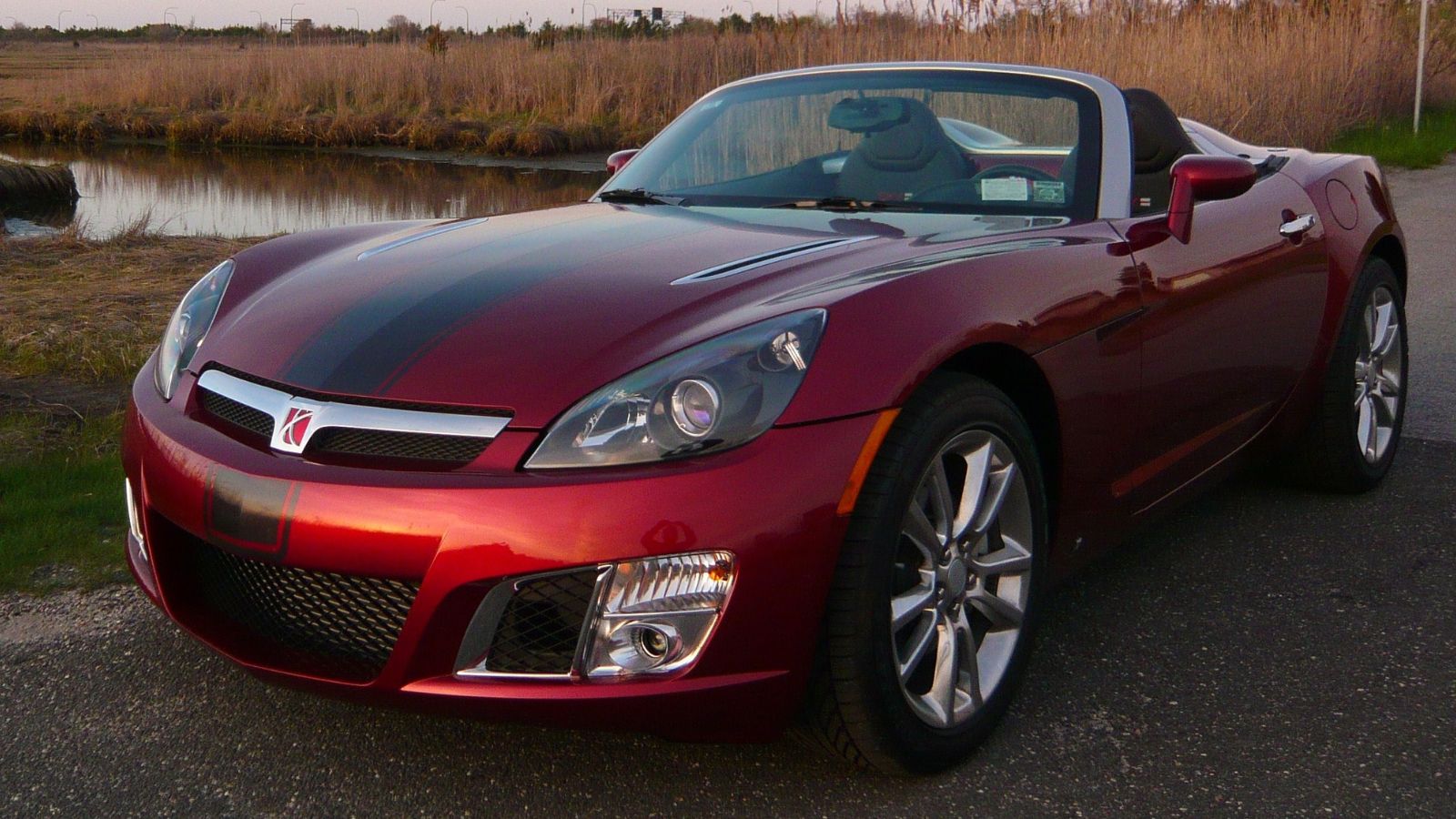
GM launched Saturn in 1985 as a new kind of car company with “a different kind of car.” It was initially successful, selling nearly 300,000 units annually at its peak. But GM failed to invest in new designs, and by the 2000s Saturn was selling outdated products. By the time the brand was shuttered in 2010, it had cost GM billions in development and marketing with little long term return.
Volkswagen Phaeton
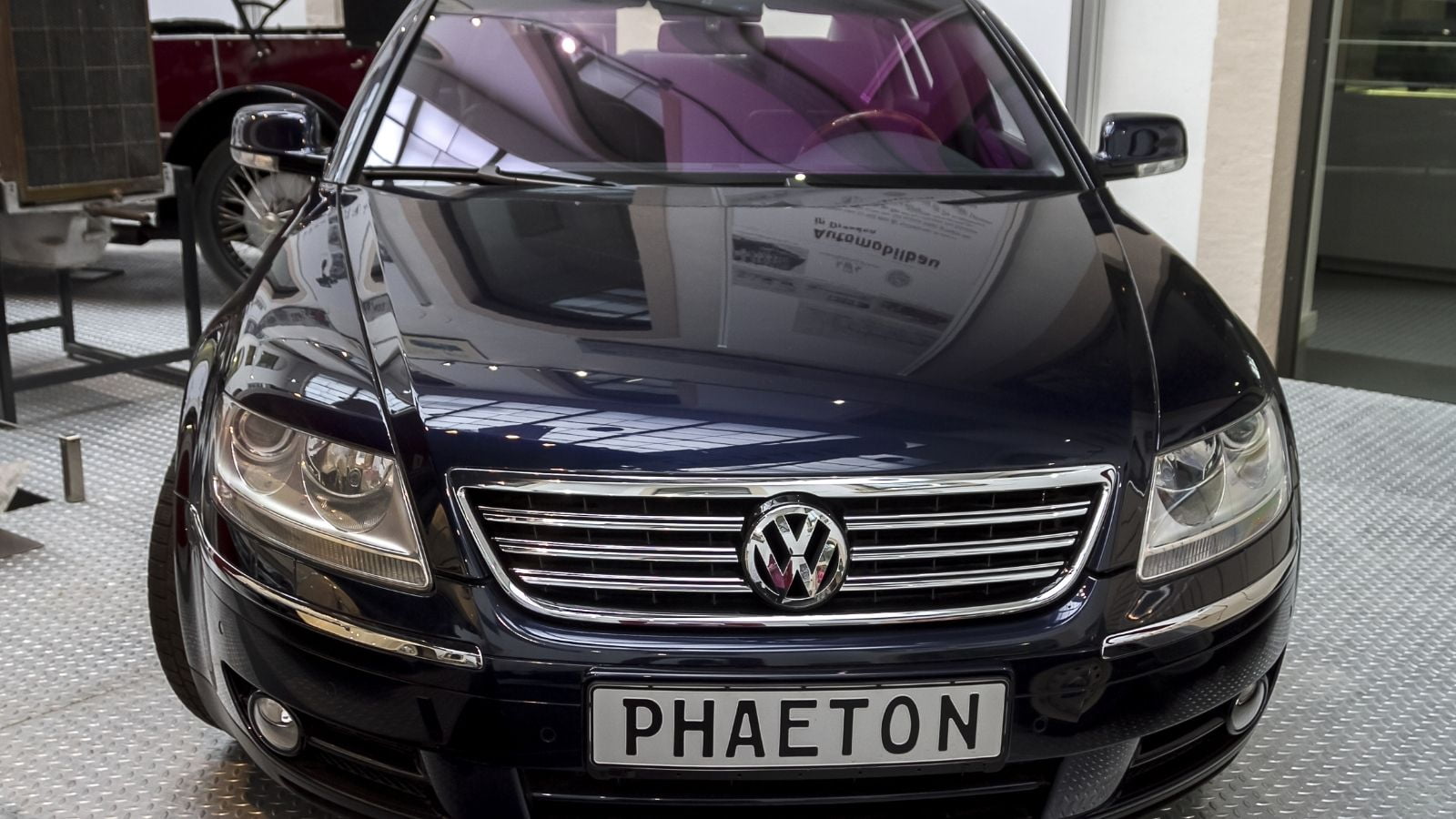
When Volkswagen launched the Phaeton luxury sedan in 2002, it was meant to compete with the Mercedes S Class. The car itself was superbly engineered, but customers balked at paying over 70,000 dollars for a VW badge. Fewer than 30,000 were sold worldwide in its early years, and it was pulled from the US market after 2006. The project cost Volkswagen hundreds of millions and proved that brand identity matters as much as engineering.
AMC Pacer
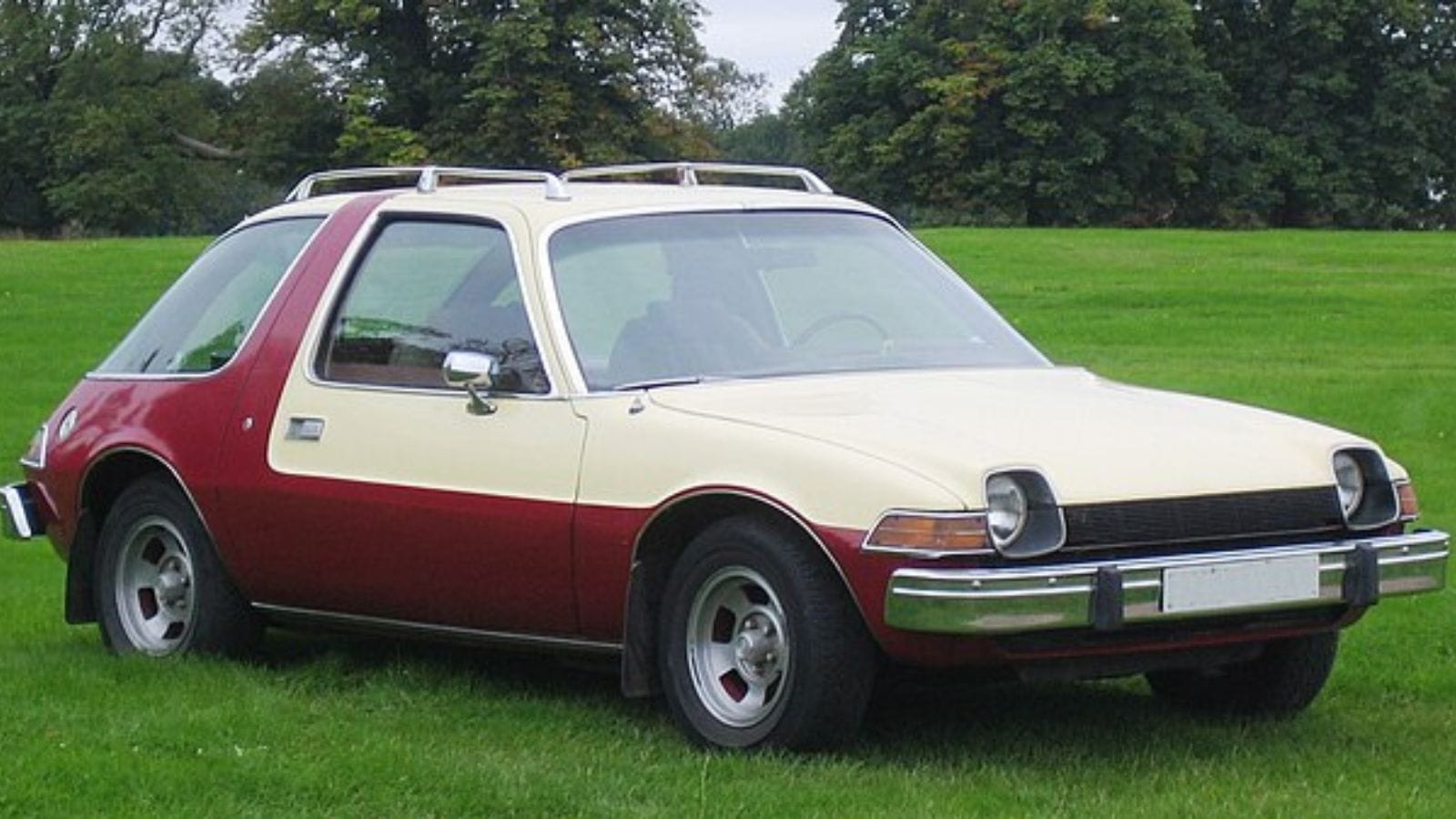
Launched in 1975 as “the first wide small car,” the Pacer was instantly recognized for its bubble like proportions. While AMC hoped for strong sales, buyers found it awkward looking and overpriced. Sales never reached expectations and fell sharply after the first year. Fewer than 300,000 were sold in five years. Today it is remembered more as a punchline than as the futuristic car it was meant to be.
Subaru SVX
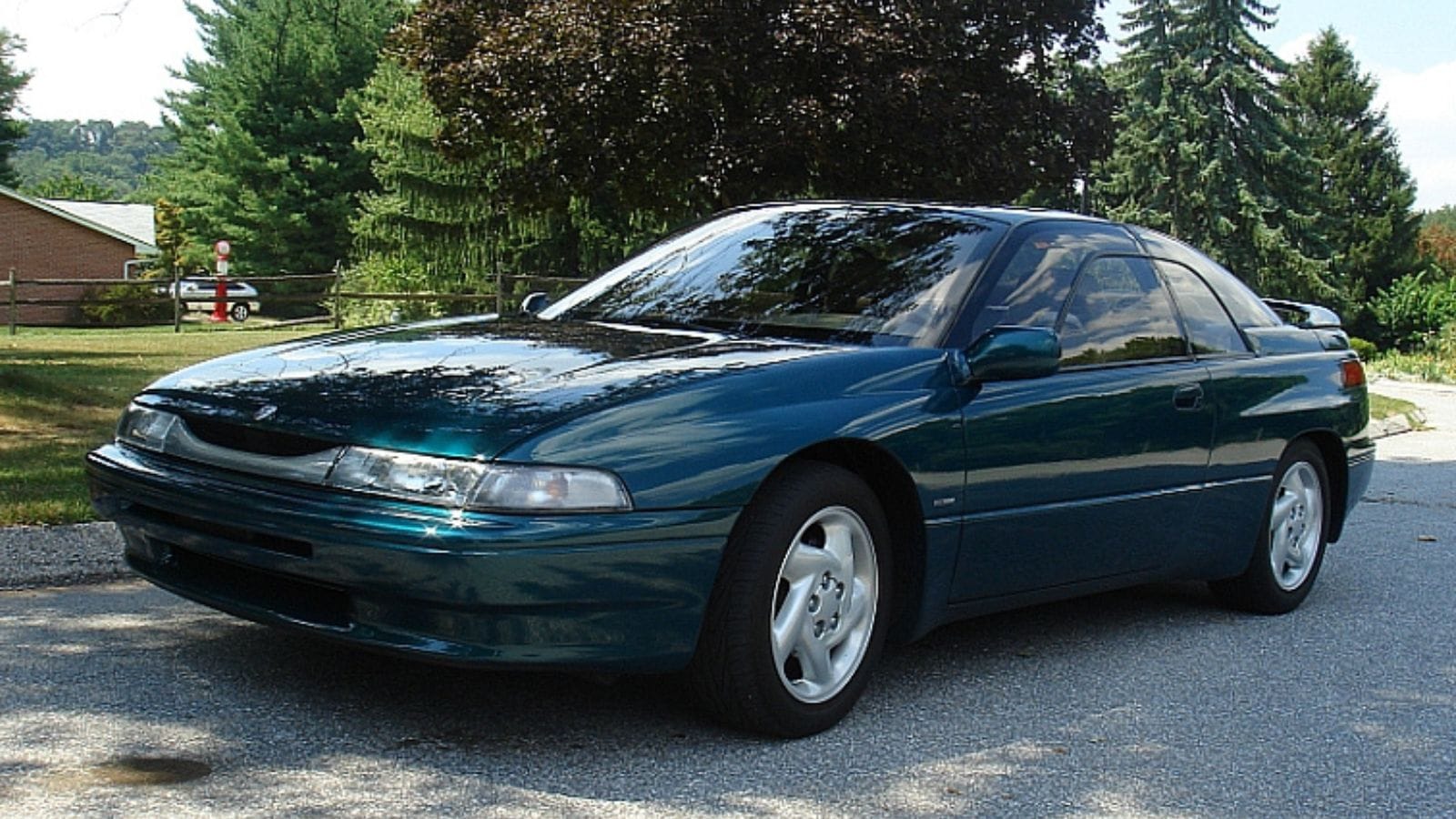
The Subaru SVX coupe arrived in 1991 with sleek, futuristic styling and aircraft inspired windows. Unfortunately, its heavy body, high price, and modest 230 horsepower engine turned off buyers. Subaru expected 10,000 annual sales but sold only about 14,000 total in the US before canceling it in 1997. The SVX remains a rare curiosity, more admired now than when it was new.
Chevrolet SSR
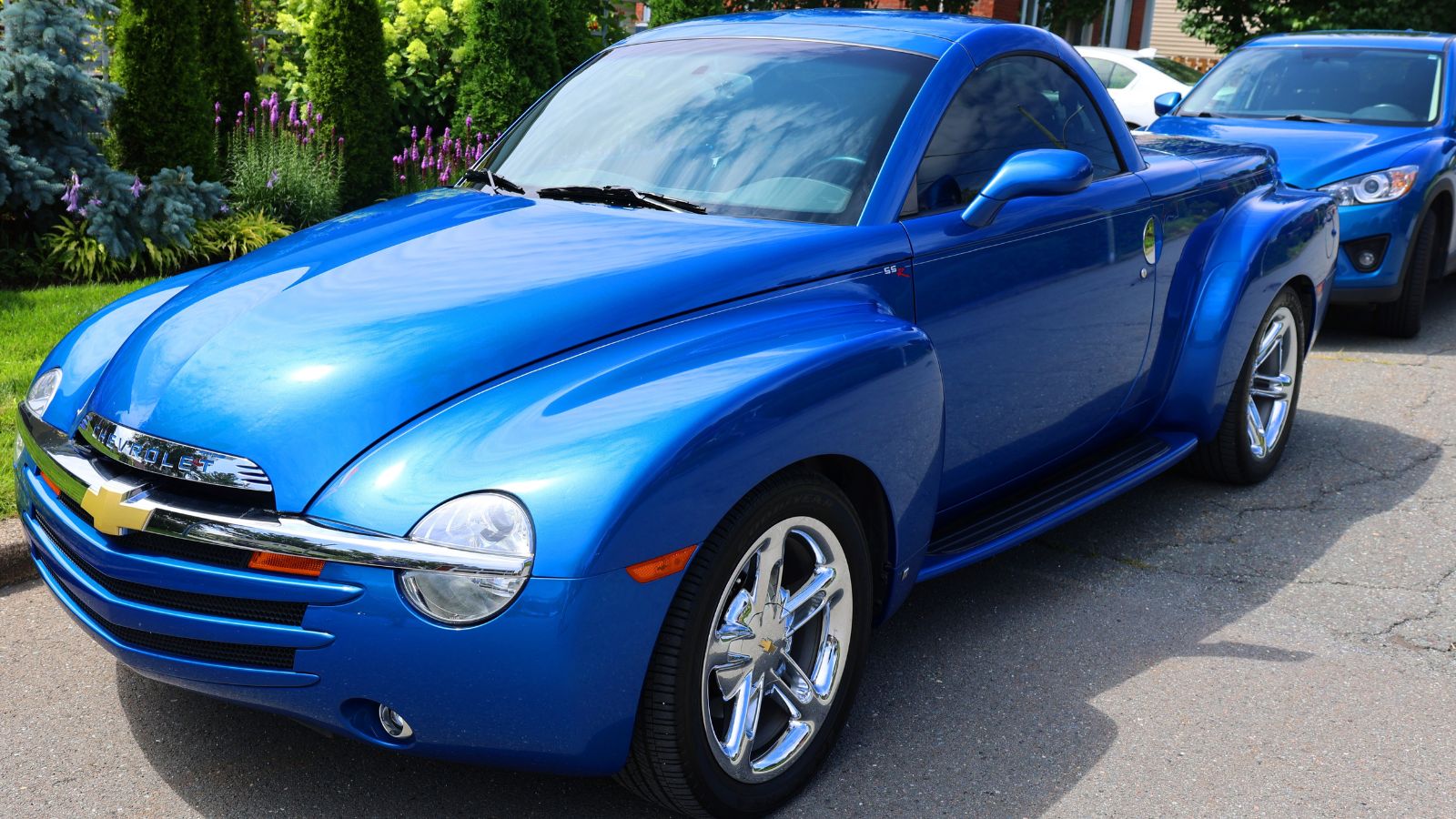
The Chevrolet SSR, launched in 2003, was part pickup, part retro roadster, and part marketing gimmick. It looked unique but was impractical, slow compared to its price tag, and far too expensive at nearly 40,000 dollars. GM expected strong sales but moved fewer than 24,000 units before axing it in 2006. The SSR is remembered as a flashy concept that should have stayed a concept.
Fiat Multipla
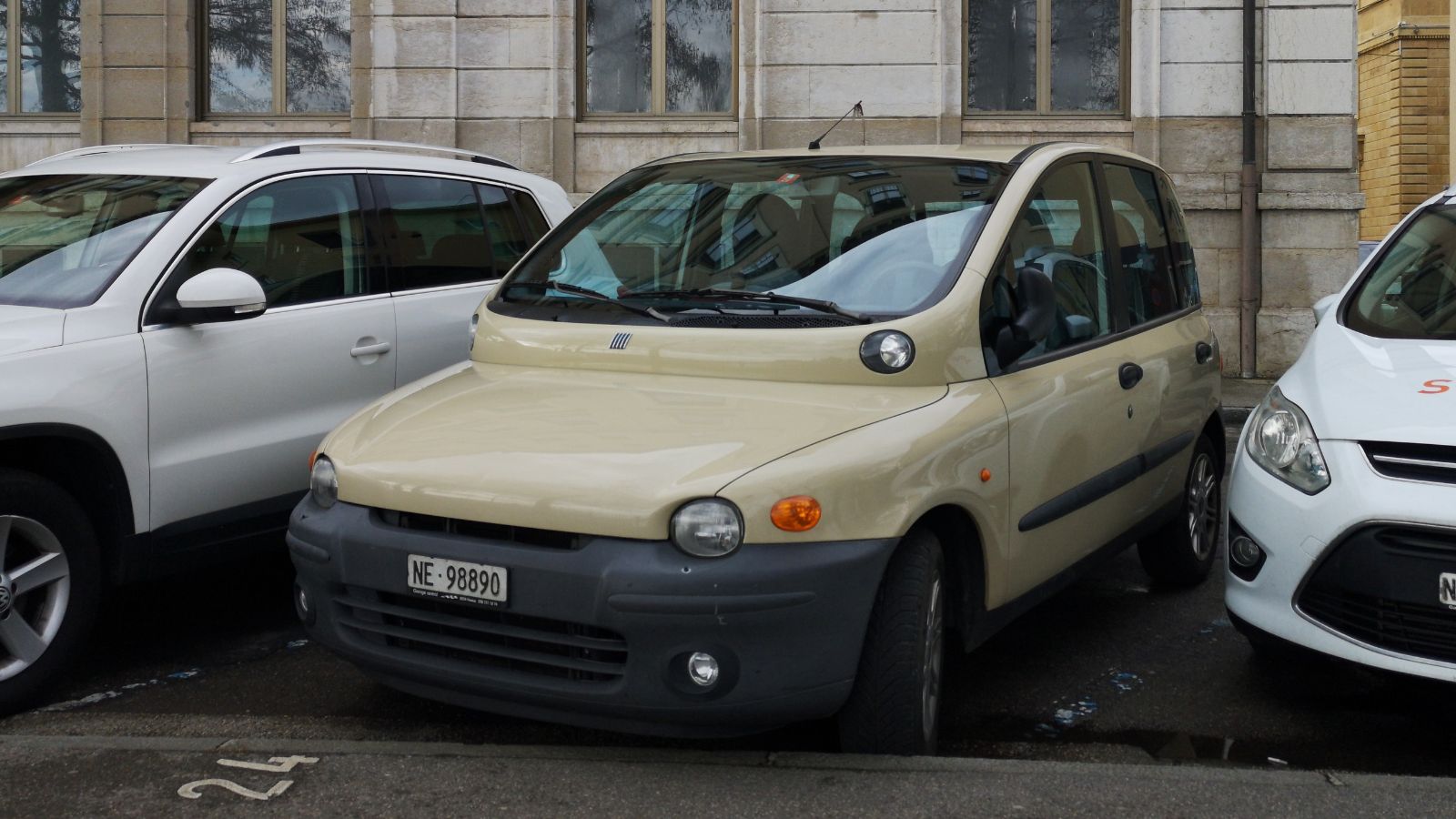
Introduced in 1998, the Fiat Multipla was a family car with six seats and innovative packaging. Unfortunately, its bizarre styling—with bug eyed headlights and strange proportions—overshadowed everything else. It was widely mocked as one of the ugliest cars ever made. Sales were modest at best, and while it had fans for its practicality, it never became successful.
Oldsmobile

Founded in 1897, Oldsmobile was one of America’s oldest car brands. But by the late 1990s, GM had allowed the brand to lose its identity. Despite producing some decent models, buyers moved on. By 2004, Oldsmobile was killed off, making it the first major American brand to be shut down in modern times. The decline symbolized GM’s struggles and cost the company billions in lost heritage and sales.
25 Facts About Car Loans That Most Drivers Don’t Realize

Car loans are one of the most common ways people fund car purchases. Like any other kind of loan, car loans can have certain features that can be regarded as an advantage or a disadvantage to the borrower. Understanding all essential facts about car loans and how they work to ensure that you get the best deal for your financial situation is essential. Here are 25 shocking facts about car loans that most drivers don’t realize:
25 Facts About Car Loans That Most Drivers Don’t Realize
